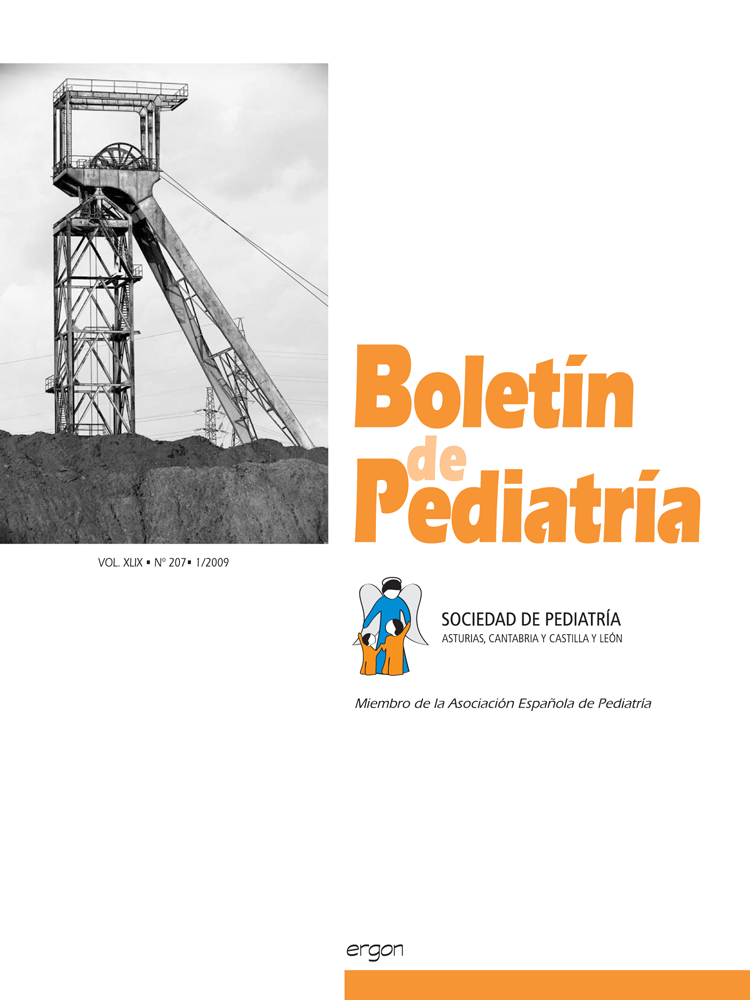Abstract
Introduction: CHILD syndrome is an X-linked dominant, male-lethal trait caused by mutations in the gene NSDHL, located at Xq28 and enconding a 3?-hydroxysteroid dehydrogenase involved in the cholesterol biosynthetic pathway. In CHILD syndrome a Ichthyosiform nevus is a caracteristic with lateralization patterns. Rigth side involvement occurs twice as often as left side involvemet.
Case report: We describe a case of CHILD syndrome involving the left side of the body, absence of the left arm and reduction anomaly of the left leg and foot resulted in oligodactyly with only a finger. An ipsilateral inflammatory epidermal nevus with hyperkeratosis, parakeratosis, acanthosis and perivascular lymphohistiocytic infiltrate was strictly confined to the left half of the patient’s body.
Conclusions: We conclude that a diagnosis of CHILD syndrome can be based on clinical features such as the highly characteristic morphology of the CHILD nevus as thick laminated orthokeratosis and prominent keratotic follicular plugs containing dystrophic calcification.

This work is licensed under a Creative Commons Attribution-NonCommercial 4.0 International License.
Copyright (c) 2009 Boletín de Pediatría
